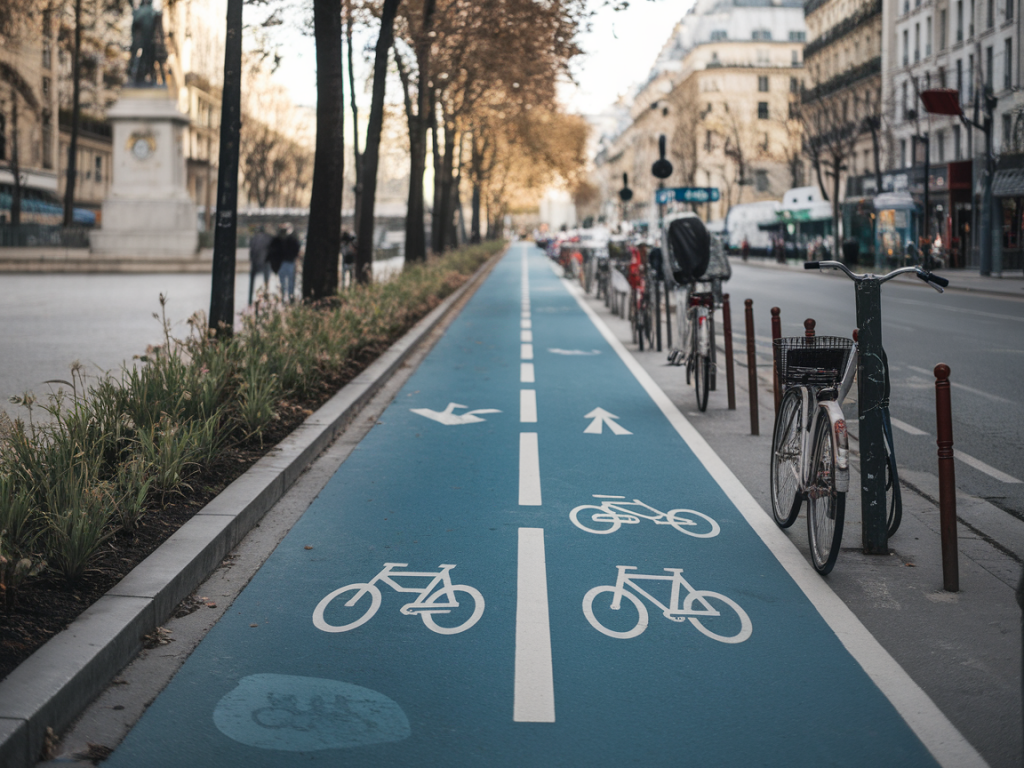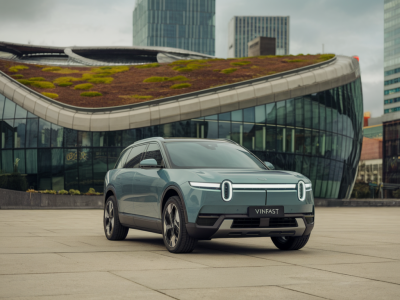
As someone who's been closely following the evolution of urban mobility, I’ve always been fascinated by how cities can reclaim space from cars to make room for people. Few cities offer a more compelling case study than Paris. Over the last few years, I’ve watched in awe as the French capital launched one of the most ambitious transformations of its urban landscape to prioritize cyclists and pedestrians over cars. And trust me—there’s a lot other cities can learn from this.
Why Paris Needed a Street Revolution
Paris, like many major metropolitan areas, has long struggled with congestion, air pollution, and a car-centric layout that made traveling by foot or bike feel more like a risk than a right. Back in 2019, only about 5% of Paris residents commuted by bike. The streets, dominated by vehicles, didn’t feel inviting or secure for two-wheel travel. Yet, under the leadership of Mayor Anne Hidalgo, the city has radically shifted direction.
The catalyst? A combination of public demand, health concerns, and environmental pressures. With the climate crisis accelerating and the COVID-19 pandemic revealing the fragility of public transit, Paris had the perfect opportunity to rethink mobility from the ground up—and it did.
The “Plan Vélo” and Tactical Urbanism
At the center of this transformation is the Plan Vélo, an ongoing initiative kicked off in 2015 and massively expanded in 2021. The objective: make Paris a 100% cyclable city. The plan earmarked over €250 million to build a completely revised bike infrastructure featuring more protected lanes, additional parking, and reimagined intersections.
One of the most impressive things is how swiftly Paris acted during the early months of the pandemic. The city implemented over 50 km of so-called “coronapistes”—pop-up bike lanes built in record time using simple materials like paint, temporary dividers, and signage. What began as temporary quickly became permanent due to high public acceptance and increased cycling rates.
This is tactical urbanism at its best: experiment fast, test ideas in real time, adjust with feedback, and scale what works.
Bringing Balance Back to the Streets
What makes Paris’s approach truly revolutionary is its dedication to rebalancing who streets belong to. Originating from the idea of a “15-minute city”—also spearheaded by Hidalgo and urbanist Carlos Moreno—Paris began reconfiguring roads to support local travel by walking or cycling instead of long-distance car journeys.
Streets that once led to hours spent in traffic jams are now vibrant, people-oriented spaces. Car lanes have been reduced or removed altogether in favor of wider sidewalks, green spaces, and cycle paths. The iconic Rue de Rivoli, once a bustling artery for motor traffic, is now a bike-first boulevard where car access is strictly limited.
In effect, Paris made a bold social statement: streets are for everyone, not just for motorists. Parents can now cycle with their children safely, and commuters can rely on pedal power instead of petrol.
What Other Cities Can Learn
As I reflect on Paris’s transformation, I see several practical lessons that other cities can apply, whether you're in a dense European metropolis or a sprawling North American suburb.
- Start with Pilot Projects: Temporary infrastructure like pop-up bike lanes can be deployed quickly and allow cities to test ideas without committing massive budgets upfront. If something works, make it permanent.
- Don't Wait for Consensus: Change is hard, especially when it challenges car culture. Paris pushed reforms despite opposition. Over time, many skeptics became supporters as they experienced the benefits firsthand.
- Integrate with Public Transit: Paris’s expanded bike lanes complement its existing metro and bus systems. Intermodality is crucial for future mobility, especially for longer or multimodal journeys.
- Embrace Street Redesign as Climate Action: By prioritizing sustainable transport, cities are also cutting emissions and improving urban air quality—something all mayors should proudly advocate for.
- Focus on Safety and Accessibility: Paris invested in bike parking, protected lanes, and intuitive signage. These efforts help novices feel secure and encourage more widespread adoption.
Metrics of Success
So, has it worked? Absolutely. Cycling in Paris has tripled since 2019. The newly-established cycling network now spans over 1,100 kilometers, and cycling has climbed above 15% of daily trips—approaching levels seen in traditional cycling capitals like Amsterdam or Copenhagen.
| Year | Cycling Infrastructure (km) | Daily Cycling Trips (% of total) |
|---|---|---|
| 2019 | 580 | 5% |
| 2022 | 1,000 | 12% |
| 2024 (estimate) | 1,100+ | 15% |
The Human Benefits
For me, what’s most powerful about this transformation is how it’s changed the human experience of the city. Where once there was honking and smog, there is now laughter, conversation, and the gentle whirr of bicycle chains. It invites everyone—from seasoned commuters to schoolchildren and seniors—to take part in a different kind of mobility that values community over congestion.
What’s more, the streets are accessible in ways they’ve never been before. I recently spoke with a Paris resident who uses an electric cargo bike to transport her groceries and two children. She told me that just three years ago, she wouldn’t have dared to cycle in the city. Now, it’s an integral part of her daily life—and she wouldn’t have it any other way.
A Template for the Future
Paris didn’t wait for perfection—it reimagined streets as evolving assets instead of static infrastructure. This mindset shift is critical. The “Plan Vélo” isn’t just about mobility; it’s about justice, health, climate resilience, and reclaiming public space. And while not every city has Paris’s density, every city can echo its approach: experiment, involve the community, design for people, and be bold.
At Mobility News, I’ll keep following how Paris continues to innovate, and I’ll be watching (and cheering) as more cities start trading asphalt for accessibility, and congestion for community. Because when we redesign streets for bikes, we’re not just changing how we move—we’re changing how we live.

